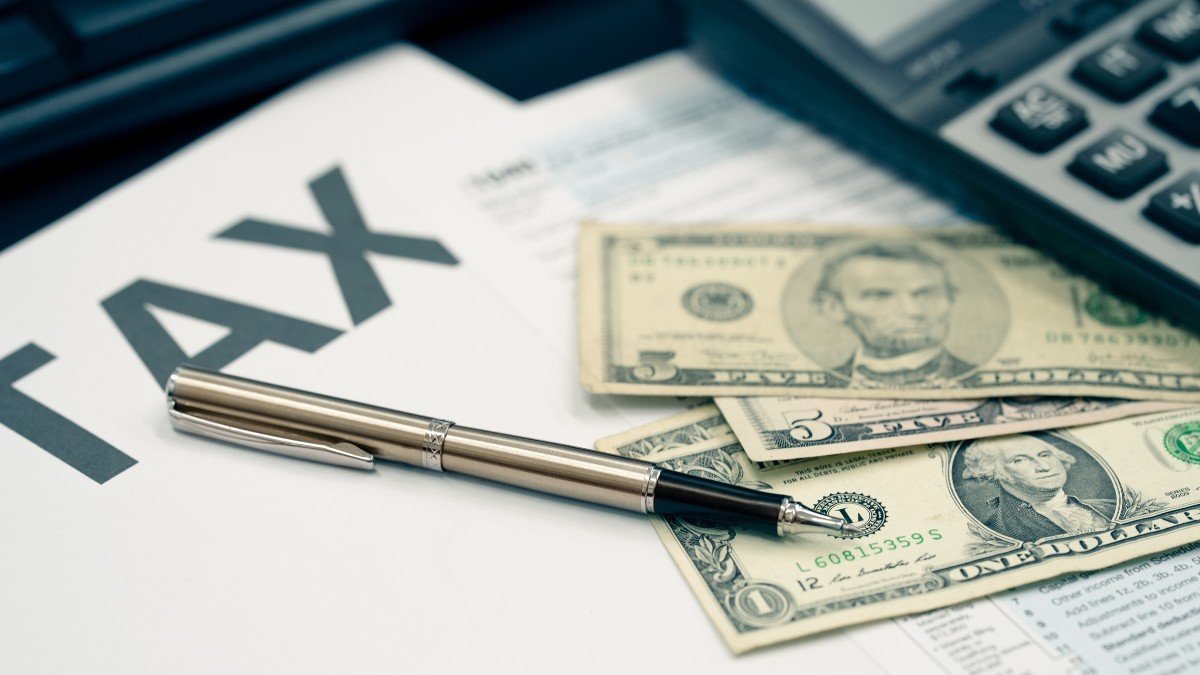401(k) retirement savings plan is one of the most used retirement plan in the United States. In this plan, the employer can enable this plan for their employees to save their earning for the retirement purpose and the employee also match the amount with employer.
Most of the American are now stress free after investing in the 401(k) retirement savings plan. For a citizen of United States, it is very important to understand the plan, and what are the different types of it. It can help you to tackle retirement fears and secure your financial future.
In What Ways Is A 401(k) Retirement Savings Plan Operated?
The 401(k) Retirement Savings Plan refers to the money that is taken from the taxable salary of the workers and is placed into a certain investment account. Here, you do not have to pay any taxes from the part of the money you contribute until the time you will be ready to withdraw it in the old age. These money are automatically collected from your payroll meaning that adoption of the habit of saving for your old age becomes easier and the process more mechanical.
The Employer’s Part
One of the major things a 401(k) Retirement Savings Plan without which no such plan happens to be is the very funding of the employer. The employer can decide to match a certain percentage with the employee contributions. Such a policy would mean that the employer will give you 50 cents for every dollar you save up to 6% of the salary. Through these contributions, your savings will get an instant boost. This is free money, and it is the part of your retirement savings that gets most of the influence. It is worth contributing to such a match program.
What Are The Limits On Employee Contributions To A 401(k) Retirement Savings Plan?
In 2025, the IRS permits workers who are under the age of >=50 to contribute (if they wish) to the 401(k) Retirement Savings Plan up to a limit of $20,500. In the same year, those who are 50 years and above can top up their accounts with an additional $6,500, reaching a total of $27,000 in contributions.
Types Of 401(k) Retirement Savings Plans
There are mainly two types of 401(k) Retirement Savings Plans: traditional and Roth.
Traditional 401(k)
On traditional 401(k) the money is put from untaxed funds that is, there is no taxation until the money is withdrawn in the retirement. This cuts the taxable income in the year when the contribution is made and it results in immediate tax advantages of the contributor’s part.
Roth 401(k)
Roth 401(k) is operated much like a traditional 401(k), the one major difference being that the contributions are made after taxation. It means that there are no tax benefits in advance but when in retirement, if all the conditions are fulfilled, the withdrawal will be tax-free. This can be very beneficial if you expect your retirement tax rate to be higher.
The Benefits Of Contributing To A 401(k) Retirement Savings Plan
Tax Advantages
A 401(k) Retirement Savings Plan comes with the main advantage of tax benefits. Traditional 401(k) contributions are made with pre-tax money, which reduces your present-year taxable income. If you have a Roth 401(k), you will pay taxes on the contributions now, while the withdrawals will be tax-free during retirement days. This may be a great benefit if you think you will end up in a higher tax bracket at the time of retirement.
Employer Match
Most of the employers propose matching money that is, when they contribute to the workers, the workers can save the same amount of money. By making use of this plan, you could see an increase in your savings over time. The first action is to ensure you take full advantage of the match given to you by the employer by contributing an amount that meets the match percentage.
Automatic Savings
One of the ways a 401(k) Retirement Savings Plan can take some work away from you is that it enables you to automate your savings routine. The contributions to the 401(k) are directly deducted from your paycheck; hence, saving becomes as easy as doing groceries. Regular contributions to a 401(k) is a way of harnessing compound growth, which provides an opportunity for your money to multiply faster over time.
Investment Options
Virtually all the 401(k) Retirement Savings Plans have quite a few investment options to choose from. The options may include mutual funds, stocks, and bonds. It is wise to really weigh the investment opportunities, taking into account your risk tolerance and retiring period, before selecting suitable investments. Regular execution of a review in your investments will keep you in sync and enable you to meet your retirement goals.
How To Maximize Your 401(k) Retirement Savings Plan
- Contribute Enough to Get the Employer Match: Always contribute enough to your 401(k) to get the full company match which is like getting free money. The employer match also helps towards increasing the retirement pension.
- Maximize Your Contributions: If possible, try to contribute the maximum allowed by the IRS each year. The more you contribute, the more you can take advantage of tax-deferred growth and compound interest.
- Diversify Your Investments: Ensure that your 401(k) investments are diversified enough to minimize risk and take into account the possibility of higher returns. Regard the monitoring and readjusting of investments as the means to attain your retirement goals.
- Monitor Your Plan Regularly: The 401(k) plan should be monitored at regular intervals in order to keep things on track. By rebalancing your portfolio, you can make sure that you are in tune with your long term plans for retirement.
Your 401(K) Retirement Savings Plan is one of the swords of Damocles against retirement, providing a lot of tax benefits, free contributions from your employer, and savings that are automatic. Through learning the 401(k) work, grabbing the whole matching and contributing the maximum possibility, the guitar can be built for a secure and comfortable retirement. Contribute regularly and keep track of your investments to be sure that you are progressing towards your goal of retirement.
It is a very powerful thing to keep in your 401(k) account and hence beneficial for your retirement. It is due to the fact that it provides you with tax incentives, salary-deferred savings, and profit-sharing money. Also, by knowing your 401(k) inside out and squeezing the best of matching and contribution to the utmost, you would ensure your financial safety in retirement. Set your mind to putting in some money early, become an active contributor, and check your investments so that you do not derail from your path









